
Is your favourite Japanese beer on the list?
Japan might be famous for its sake, but in reality, the tipple of choice for most people here is a cold hard beer. Pretty much every enkai, or banquet, begins with a round of “nama“, the common word for a glass of draught beer, and ever since the pandemic caused restaurants and businesses to close early, people have been continuing to prop up the industry by drinking the brew at online drinking parties.
With the love for beer so strong, the question on everyone’s lips is: which beer are they drinking? It’s a question that marketing company CCC Marketing sought to answer by looking at the purchase data of 70 million T-point member beer drinkers between the ages of 20 and 69 for the entire year of 2021.
So let’s get to it and take a look at the results, which reveal the top 30 beers purchased by 70 million people.
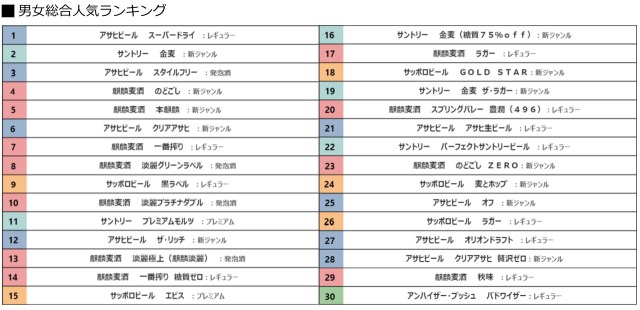
The ranking from 30 to 20 on the list is as follows:
30. Budweiser (Anheuser-Busch)
29. Akiaji (Kirin Beer)
28. Clear Asahi Zeitaku Zero (Asahi Beer)
27. Orion Draft (Asahi Beer)
26. Lager (Sapporo Beer)
25. Off (Asahi Beer)
24. Mugi to Hoppu (Sapporo Beer)
23. Nodogoshi Zero (Kirin Beer)
22. Perfect Suntory Beer (Suntory)
21. Asahi Nama Beer (Asahi Beer)
20. Spring Valley Hojun (496) (Kirin Beer)
As is often the case in the Japanese beer world, no-malt beer-like alcoholic beverages classified as “shinjanru” (“new genre”) are also included in this list of popular beers, as the difference between them in look and taste is largely considered to be marginal. Beer purists, however, might want to steer clear of numbers 28, 25, 24 and 23 on the list, as these are “shinjanru” beers.
▼ Shinjaru and regular beers are hard to distinguish at first glance, so the rule of thumb is to look for the word “beer” on the label, which is used on regular beers.
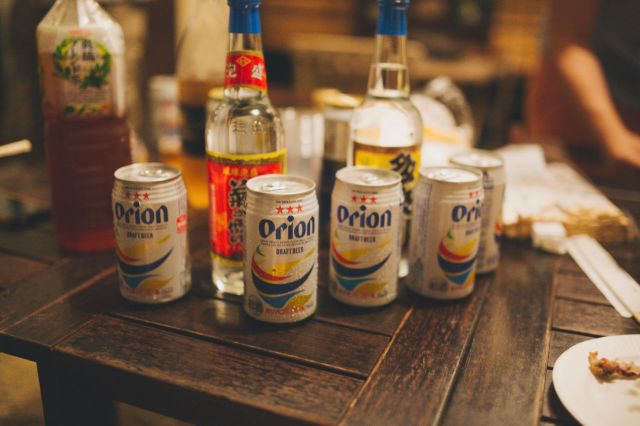
Continuing down the list, from 19 to 11, we have more of a mix of regular and shinjanru beers, along with a happoshu, the term for low-malt alcoholic beer-like beverages. The different classifications are related to Japan’s Liquor Tax Law — the lower the ratio of malt, the lower the liquor tax, resulting in cheaper prices for the customer.
19. Kinmugi The Lager (Suntory)
18. Gold Star (Sapporo Beer)
17. Lager (Kirin Beer)
16. Kinmugi (75% less sugar) (Suntory)
15. Yebisu (Sapporo Beer)
14. Ichiban Shibori Zero Sugar (Kirin Beer)
13. Tanrei Gokujo (Kirin Beer)
12. The Rich (Asahi Beer)
11. Premium Malts (Suntory)
The shinjanru (no-malt) beers above are at numbers 19, 18, 16 and 12 on the list, with number 13 classified as happoshu. Alcohol afficiandos will note that the Yebisu and Premium Malts are classed as “premium” beers, which are a step above the regular Kinmugi and Ichiban Shibori beers.
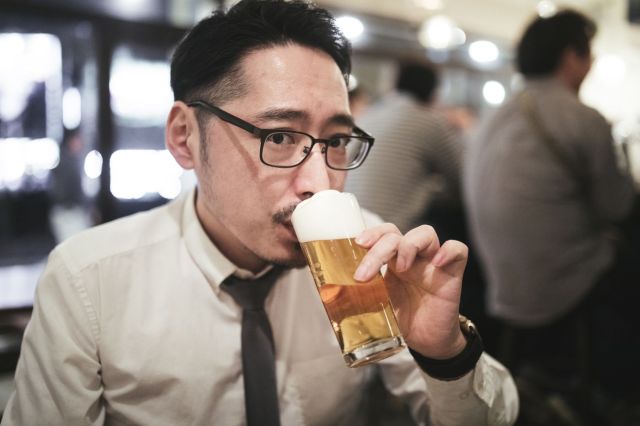
Now it’s time to get to the top 10 beers enjoyed by 70 million beer drinkers in Japan. Have you got your predictions for the top spot ready? Good! Let’s see if you’ve got your beer googles on right by counting down to the number one spot below…
10. Tanrei Platinum Double (Kirin Beer)
9. Black Label (Sapporo)
8. Tanrei Green Label (Kirin Beer)
7. Ichiban Shibori (Kirin Beer)
6. Clear Asahi (Asahi Beer)
5. Hon Kirin (Kirin Beer)
4. Nodogoshi (Kirin Beer)
3. Style Free (Asahi Beer)
2. Kinmugi (Suntory)
▼ Kinmugi, seen below in an ice tub at a festival, with “Rich Malt” on its blue design.
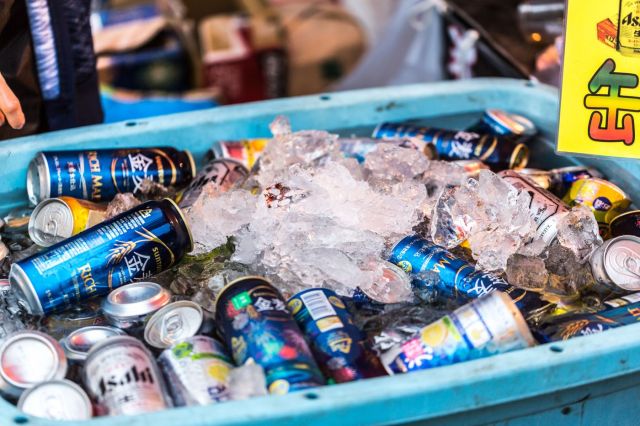
And now for the number one most popular beer in Japan — drumroll, please…
.
.
.
.
.
.
1. Super Dry (Asahi Beer)
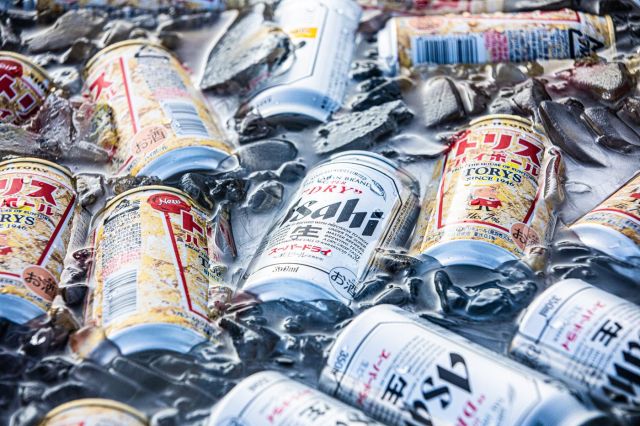
If your guess was correct, congratulations! You know the brand that best captures the attention of the nation. While the number one winner should come as no surprise to seasoned beer drinkers, what is surprising is that the brand behind the beer, Asahi, only appears eight times in the top 30 list, while rival brewery Kirin beats them all with a total of 11 entries.
The results of the ranking also reveal that when it comes to beer drinking in Japan, people reach for low-malt and no-malt “beers” just as often as regular beers. If it matches the taste well enough, a lot of customers won’t bat an eye at the malt ratio in their beers, especially if it means they get to keep some extra yen in their back pocket.
Which makes us wonder…how will the nation’s top beer fare in next year’s ranking, now that it’s changed its recipe for the first time in 35 years?

No hay comentarios:
Publicar un comentario